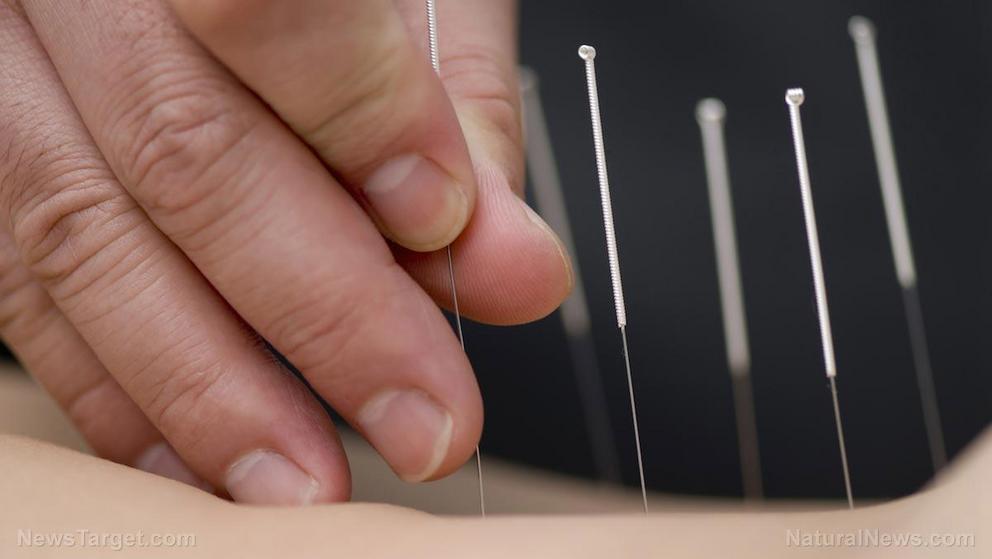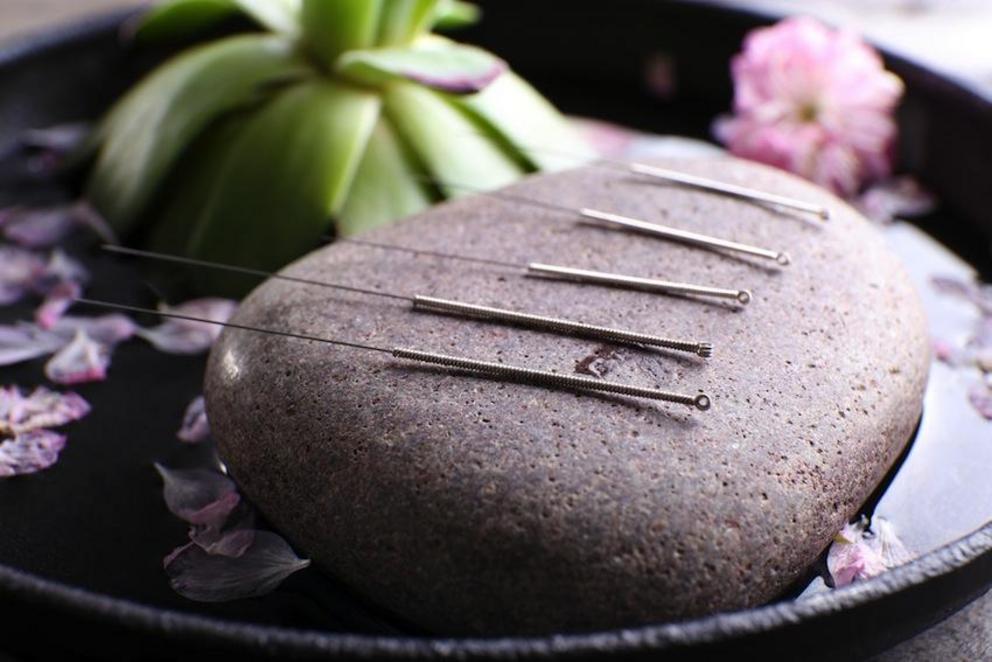Acupuncture found to be an effective pain reliever for women in labor compared to spinal-epidural anesthesia
Acupuncture analgesia is an effective pain reliever for women in labor, according to a study published in the Journal of Traditional Chinese Medicine.
Since labor pain is severe and can be associated with side effects to the mother and fetus, scientists continue to search for available and safe pain relief treatments for women in labor, especially for primiparous women (pregnant for the first time), as labor pain is often more extreme for them than in multiparous women (had more than one child).
Researchers from China assessed the effectiveness of acupuncture analgesia for labor pain relief and labor outcomes in comparison to combined spinal-epidural anesthesia. The study involved 131 women who were in labor for the first time. The participants received either acupuncture analgesia, combined spinal-epidural anesthesia, or no additional treatment. Aside from these interventions, all participants received routine respiratory guidance during maternal uterine contractions. Then, the researchers compared the groups based on visual analog scale scores to assess the participants’ abdominal and back pain, and labor outcomes.

The researchers found that the groups that received acupuncture analgesia and combined spinal-epidural anesthesia exhibited significantly lower abdominal visual analog scale scores compared to the control group. This indicated that acupuncture analgesia and combined spinal-epidural anesthesia were effective labor pain relievers. Although combined spinal-epidural anesthesia was more effective in labor pain relief than acupuncture analgesia, the acupuncture analgesia group had shorter labor duration and fewer side effects than the combined spinal-epidural anesthesia group. More patients in the combined spinal-epidural anesthesia group experienced side effects, such as pruritus, nausea and vomiting, fever, and hypotension. Furthermore, the acupuncture analgesia group had significantly lower rates of oxytocin use, urinary retention, and postpartum hemorrhage compared to the combined spinal-epidural anesthesia group.
In conclusion, while the pain relief effect of combined spinal-epidural anesthesia appeared to be more effective, those in the acupuncture analgesia group experienced fewer side effects overall. In addition, the latter had shorter labor duration and a lower mean volume of postpartum hemorrhage. (Related: Six ways to manage labor pain naturally.)
Five signs that indicate you are in labor
Many of the early signs of labor are vague and easily misunderstood. Listed below are five signs of labor.
- Your water breaks – Once the sac breaks, it typically means that labor is nearing. According to a study, only a small minority of women report that their sac of amniotic fluid broke before they began having regular contractions. Moreover, even if your water does break, you are more likely to only feel a small leak because the head of the baby often prevents too much fluid from leaking out. Most women spontaneously go into labor within 12 hours after their water breaks.
- Strong, regular contractions – A lot of women misinterpret Braxton Hicks contractions or practice contractions, as a sign of labor. Braxton Hicks contractions do not usually get strong or regular, and typically go away. These may be triggered by hunger or dehydration. On the other hand, true labor pains continuously get more intense and more frequent over time. They begin as an overall crampy feeling that starts in the back and radiates across the front of the belly.
- Discharge – As you get near labor, the cervix starts to dilate and soften to prepare for delivery, which causes what was accumulated there to dislodge.
- Frequent stools or diarrhea – The body starts to release prostaglandins in the early part of labor. These are hormone-like substances that cause the uterus to contract and help soften and dilate the cervix. However, these can also hyperstimulate the bowels, which results in frequent stools or even diarrhea.
- Severe back pain – Back pain is mostly common in pregnant women. However, when it gets extremely painful, it can be a sign of labor.
Learn more about acupuncture as pain reliever at HealingArts.news
For full references please use source link below.

